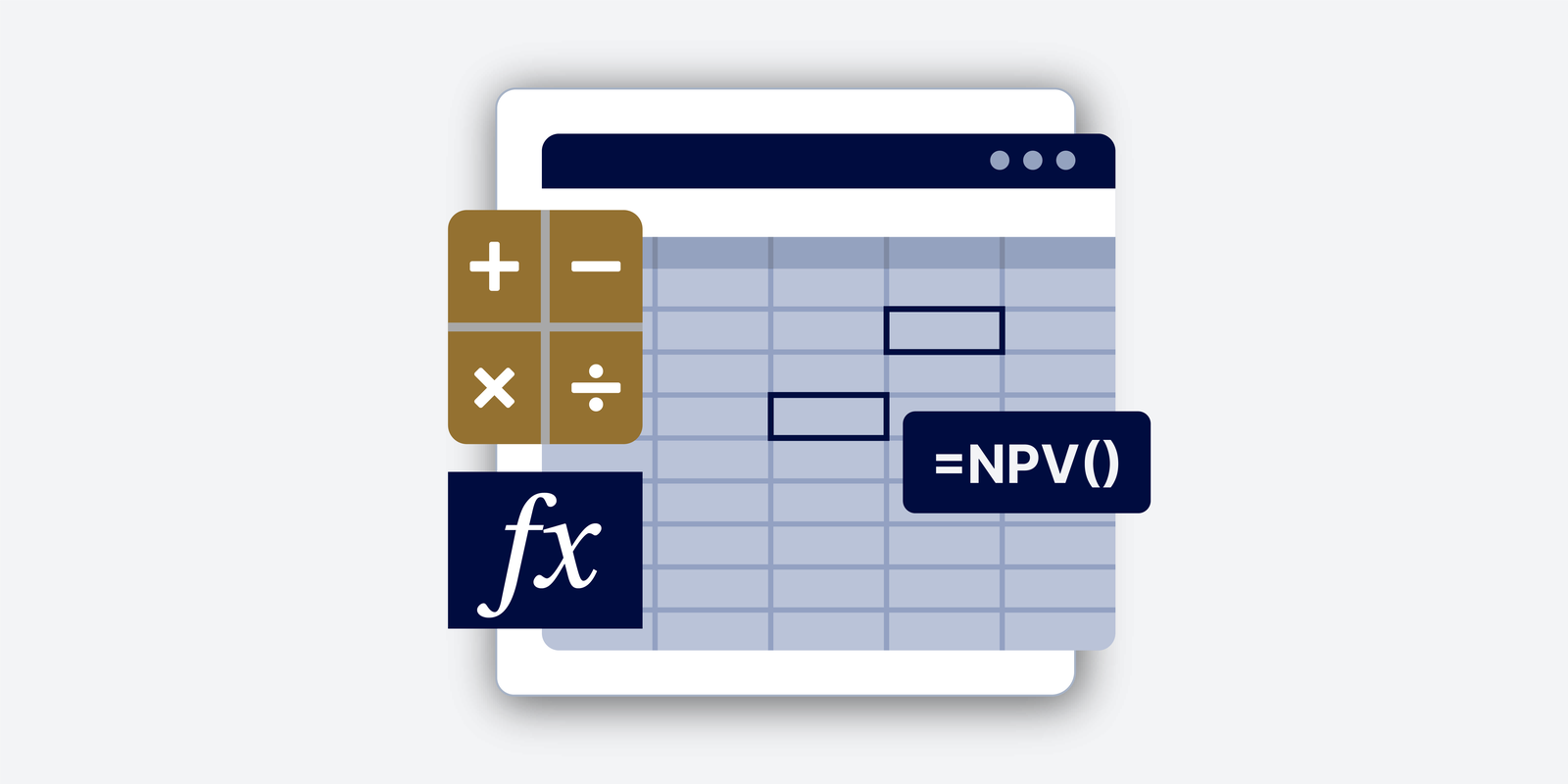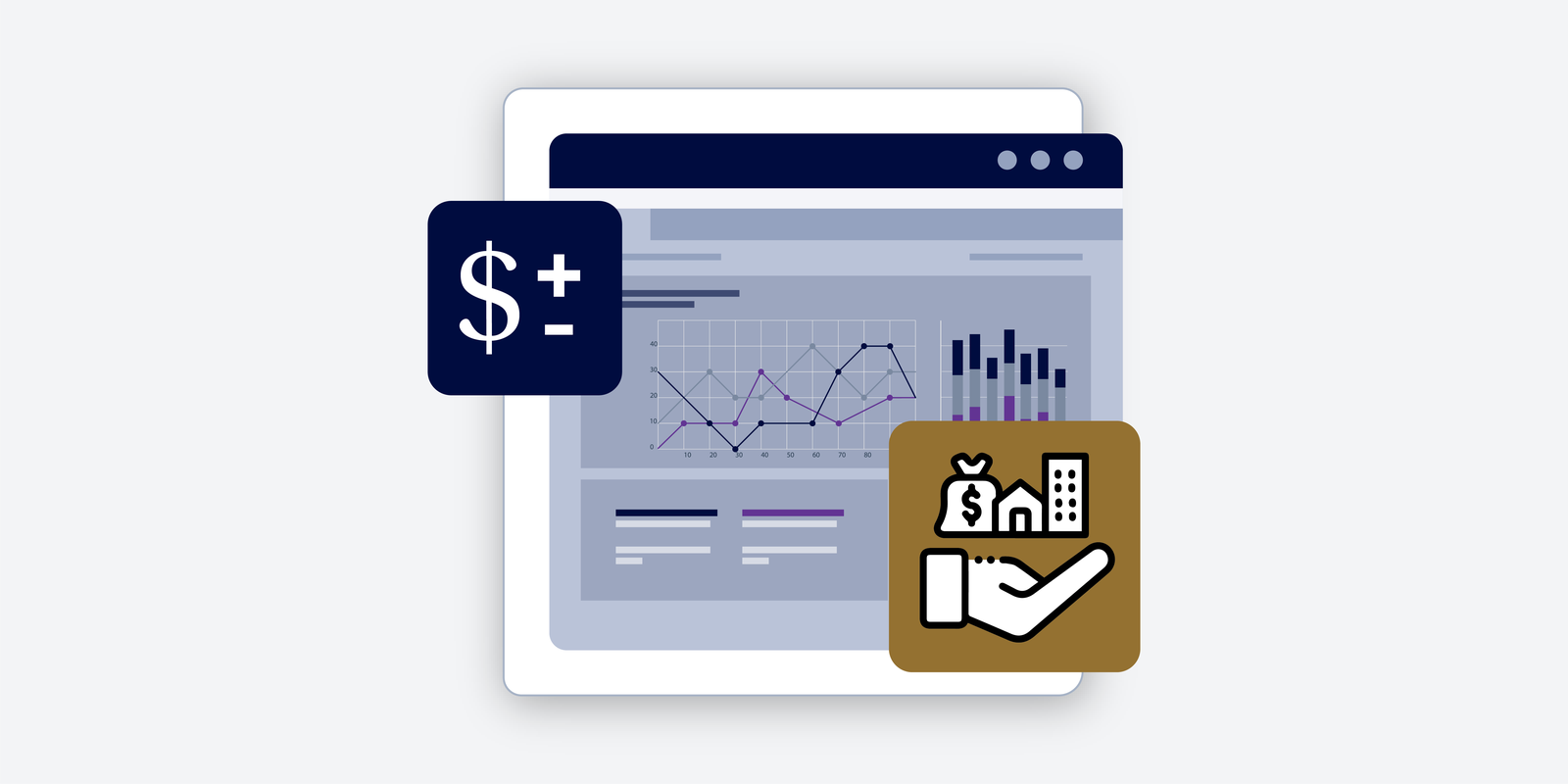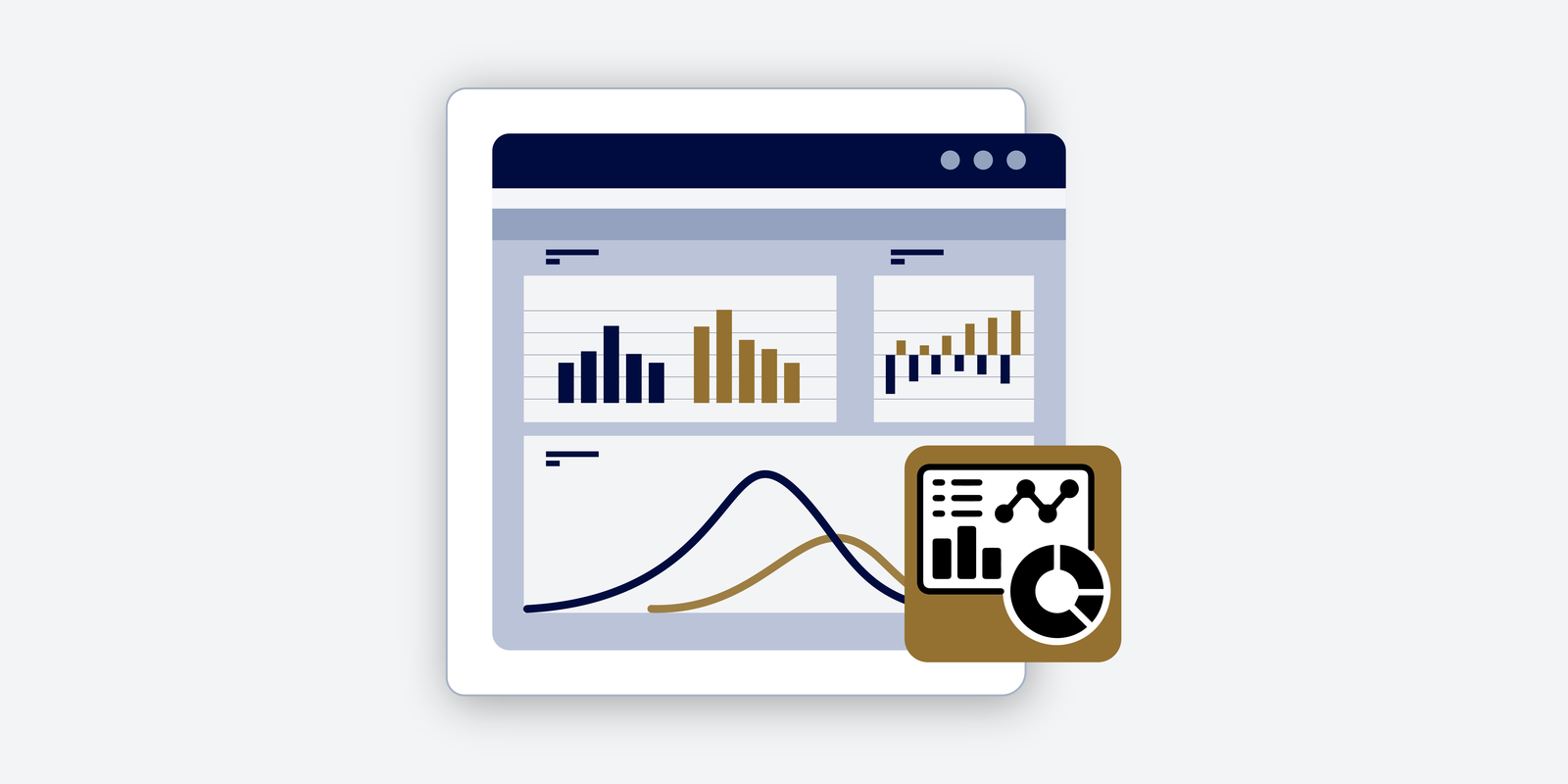Beta Coefficient
What is the Beta Coefficient? The Beta coefficient is a measure of sensitivity or correlation of a security or an investment portfolio to movements in the overall market. We can derive a statistical measure of risk by comparing the returns of an individual security/portfolio to the returns of the overall market and identify the proportion…
Return on Invested Capital
What is Return on Invested Capital? Return on Invested Capital is a profitability or performance measure of the return earned by those who provide capital, namely the firm’s bondholders and stockholders. Return on Invested Capital (ROIC) can be defined as follows: Where: There are three key insights to be gained from this definition: We use…
Equity
What is Equity? In finance and accounting, equity is the value attributable to the owners of a business. The book value of equity is calculated as the difference between assets and liabilities on the company’s balance sheet, while the market value of equity is based on the current share price (if public) or a value…
Glass-Steagall Act
What is the Glass-Steagall Act? The Glass-Steagall Act, also known as the Banking Act of 1933, is a piece of legislation that separated investment and commercial banking. It was sponsored by two members of the US Congress, Senator Carter Glass and Representative Henry Steagall. Members of the House of Representatives passed the bill on May…
Dodd-Frank Act
What is the Dodd-Frank Act? The Dodd-Frank Act, or the Wall Street Reform and Consumer Protection Act of 2010, was enacted into law during the Obama administration as a response to the financial crisis of 2008. It was named after its sponsors, US Senator Christopher Dodd and US Representative Barney Frank. The Dodd-Frank Act sought…
Proxy Vote
What is a Proxy Vote? A Proxy Vote is a delegation of voting authority to a representative on behalf of the original vote-holder. The party who receives the authority to vote is known as the Proxy and the original vote-holder is known as the Principal. The concept is important in financial markets and particularly with…
Margin of Safety Formula
What is Margin of Safety? The margin of safety is the difference between the amount of expected profitability and the break-even point. The margin of safety formula is equal to current sales minus the breakeven point, divided by current sales. Understanding Margin of Safety There are two applications to define the margin of safety: 1….
Fractional Banking
What is Fractional Banking? Fractional Banking is a banking system that requires banks to hold only a portion of the money deposited with them as reserves. The banks use customer deposits to make new loans and award interest on the deposits made by their customers. The reserves are held as balances in the bank’s account…
Underwriting
What is Underwriting? In investment banking, underwriting is the process where a bank raises capital for a client (corporation, institution, or government) from investors in the form of equity or debt securities. This article aims to provide readers with a better understanding of the capital raising or underwriting process in corporate finance from an investment banker’s…





